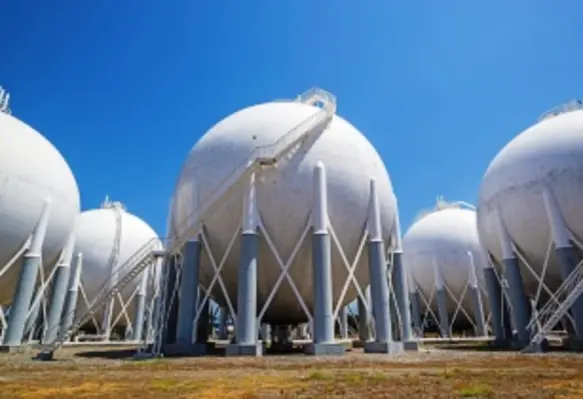The MENA region is leading global LNG demand growth in 2016 – a trend that will continue as domestic gas output falls short of surging regional demand for power and industry, according to newly published report
APICORP revealed that MENA will invest around US$10.3bn in LNG-importing facilities over the medium term to cater for growing demand, and will increasingly charter floating storage and regasification units (FSRUs) as a temporary and lower-cost solution.
By the end of 2017, MENA countries will account for 6.5 per cent of global LNG demand – a sharp rise from about one per cent in 2013. The current market conditions – an abundance of cheap supply – will also encourage MENA countries to think more strategically about gas’s role in their energy mix.
Despite its dominant role in terms of hydrocarbons reserves, MENA will be world’s second-largest gas-importing region after South Korea and Japan, believes the International Energy Agency (IEA). Consumption of natural gas in the Middle East, the agency forecasts, will rise from 480bn cu/m in 2015 to 738bn cu/m in 2040. Yet despite its strong gas reserves base, production has largely failed to keep pace with historical demand growth and nor will it do so in the coming years.
Egypt and Jordan received their first LNG shipments in 2015; Kuwait and Bahrain are looking to construct permanent import terminals; and Abu Dhabi has opted to import LNG via a floating storage and regasification unit (FSRU). Regional LNG importers are seeking to tie up term supply deals, making the most of structural oversupply to lock in favourable pricing and flexibility. It will all make MENA a growing demand-side force in the global LNG sector.
Imports by consumer countries in the region in 2015 amounted to just 10.5bn cu/m of LNG, of which 40 per cent arrived from Qatar.





